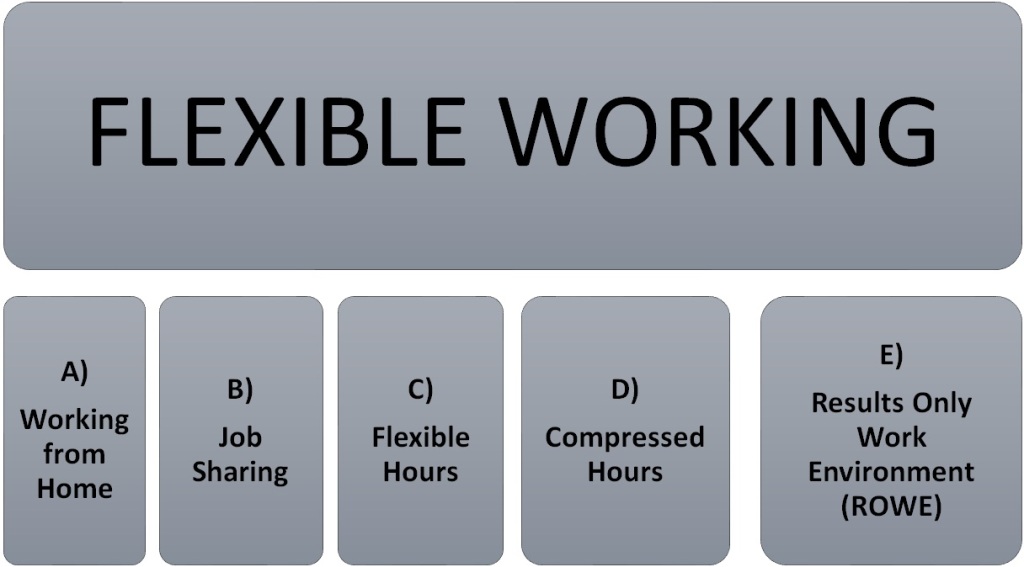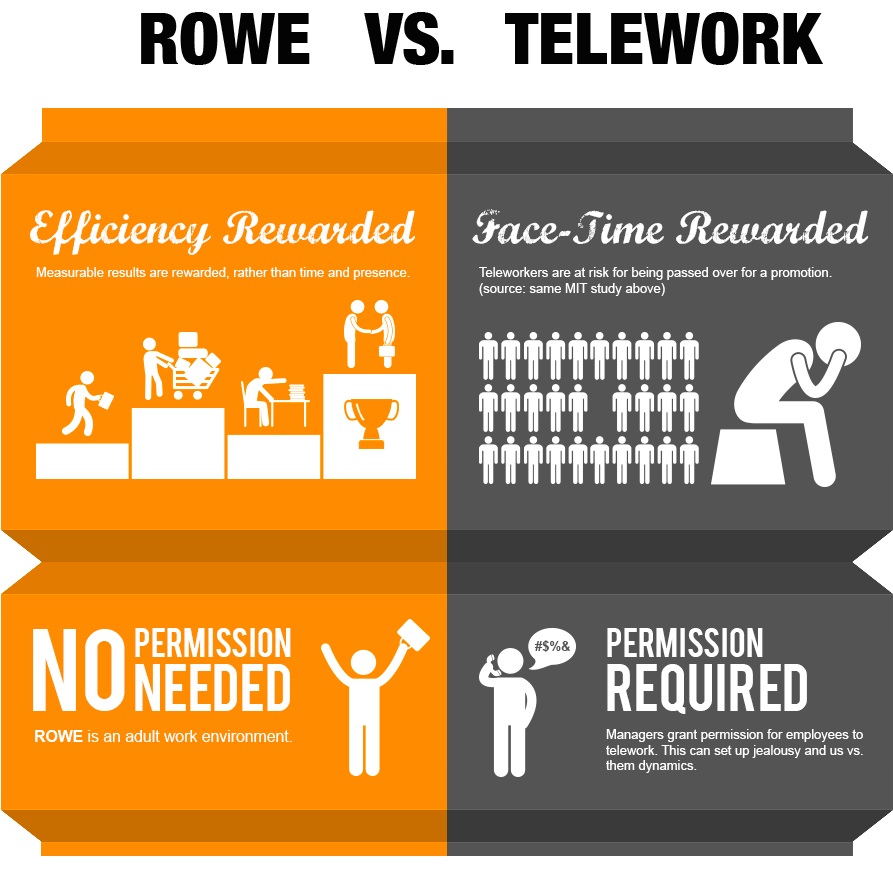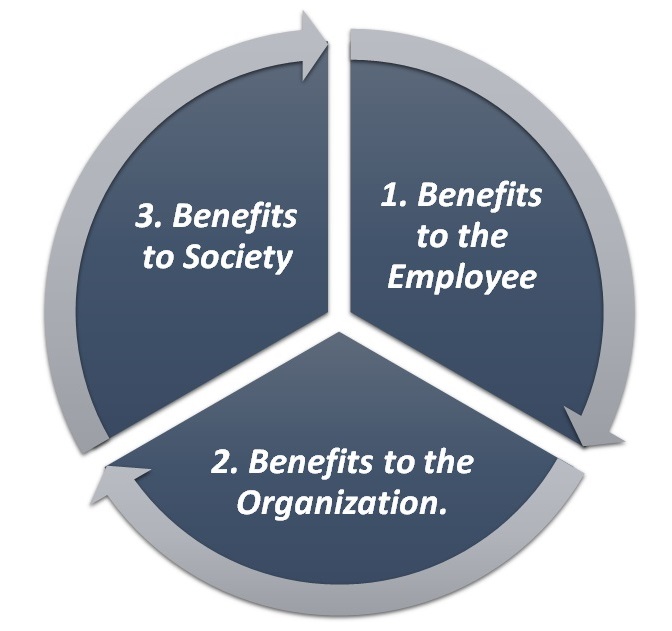
The Benefits of Work-Life Balance
Flexible working is more than just a trend. It represents a huge change in the way that organizations manage their work and their people. Even before the coronavirus lockdown, many organizations were exploring new ways of operating that allow people to have a better work-life balance. Ways that increase their engagement with, and control over, their work. The lockdown has forced us to adapt to new working patterns quickly. And now, as the restrictions start to ease, we’re thinking about adopting some of these new practices in the longer term.
What Is Flexible Working?
Flexible working is any work pattern that differs significantly from the traditional, office-based, 9 a.m. to 5 p.m. standard. It can involve working from home, working flexible hours, job sharing, or a mixture of all of these. The different kinds of flexible working are:

A) Working from Home
Working from home is exactly what it says: work carried out by employees in their own homes. Research shows that a large number of the workforce were already spending a quarter or more of their work time at home even before the COVID-19 lockdown. The same research suggests that the number of regular homeworkers has risen by 173 percent since 2005. Home working is most widespread in industry sectors that are not tied to a specific location. Professional, technical, financial, and information-based organizations will likely be able to offer home working as an option. Those in the manufacturing, construction or logistics sectors will likely not.
B) Job Sharing
Job sharing means that two (or more) people share the duties of one full-time job, each working part-time. Each job-sharer must have access to the same systems and information, and have the skills to carry out the job on their own if necessary. Good communication and trust between the job sharers is vital.
C) Flexible Hours
A flexible-hours scheme allows staff to work different hours than the normal company start and finish times. For example, in an office where most people work 9 a.m. to 5 p.m., some might be able to work 11 a.m. to 7 p.m. Flexible hours are particularly suitable for people who have care responsibilities at particular times of day, and for those who regularly work with team members, vendors or clients based in different time zones.
D) Compressed Hours
A compressed hours schedule involves working the usual number of hours in the working week, but in fewer days. For example, an employee contracted to work a 40-hour week might work four 10-hour days with a fifth day off, rather than five eight-hour days.
E) Results Only Work Environment (ROWE)
ROWE workplaces delegate responsibility for targets entirely to team members. In a ROWE , you’re measured by your performance, results or output, not by the hours you’re in the office. You have a high degree of autonomy over your projects, and the freedom to choose when and how you’ll meet your goals.

All of these formal arrangements can run alongside a flexible working policy – a set of principles or promises to be adhered to, for the mutual benefit of employee and employer. Such arrangements are based on good communication, trust, and a few absolutes.
Note: Flexible working is not the same as working flexibly , which is the ability to adjust to short-term change quickly and calmly. This should be possible – and desirable – in any working arrangement.
What Are the Benefits of Flexible Working?
Flexible working can benefit both employees and their organizations, so long as it is considered carefully in advance.

How Flexible Working Benefits Employees
For an employee, flexible working has many benefits:
- It can help you to balance your work with your other responsibilities, like caring for children or an older family member.
- It can also create a sense of autonomy over your work, which can increase engagement and job satisfaction.
- Being able to schedule work to suit you can help with time management, and to combat stress.
- Having control over where and when you work allows you to play to your strengths, particularly if you work better at certain times of day .
- It enables you to build self-care into your daily routine, making it easier to incorporate exercise into your day, for instance.
- Financial benefits can include being able to schedule travel on public transport at cheaper times, traveling less, or not having to commute at all.
How Flexible Working Benefits Organizations
- In recent years, flexible working has become a key factor in the ability of organizations to attract and retain talented staff. Research has found that employees believe they would change jobs for one that offered flexible working.
- The preference for flexible working was particularly marked in younger employees, who increasingly expect variable hours and home working to be part of any employment offer.
- Also, since engaged employees are more likely to stay with an organization, a flexible working policy can improve staff retention and reduce hiring costs.
- Employers can also recruit from a wider pool, as potential employees do not necessarily have to live within commuting distance.
- Flexible working arrangements can also reduce office operating costs, as not everyone is in the office all of the time.
Benefits to Society.
- In the Covid-19 era, traveling off-peak and working from home helps with social distancing.
- In the longer term, flexible working may help to reduce pollution, due to a reduction in travel.
- In addition, more people can take on a wider range of jobs, in different locations.
- Flexible working also supports the inclusion of careers, older people, and people with disabilities or chronic illnesses in the workforce.

The Pitfalls of Flexible Working
- Flexible working needs careful implementation and management to be successful. Although it has many benefits, it has potential problems, too.
- Communication can be a problem when people are working in different places, or when their office hours don’t overlap.
- It’s essential to have the right systems in place for tracking tasks and building relationships with your co-workers.
- It’s easy for misunderstandings to happen on team calls or in virtual meetings, so make sure that you know how to run remote meetings effectively .
- When you’re working from home, it’s vital to minimize distractions. It can be all too easy for the line between family time and work time to become blurred, for example.
- When you’re away from co-workers and managers, it can be easy to fall into bad behaviours such as procrastination. Make sure you have a routine and a daily To-Do List to keep you on track.
- Employers need to consider how they will fulfil their duty of care to their remote workers. For example, ensuring that they have a safe work environment and are given the appropriate training.
How to Implement Flexible Working
Regulations on flexible working will vary according to your location. Employers don’t have to grant the request but do have to show that they’ve considered it fairly. If you are managing a team or an organization, flexible working arrangements that you agree with staff members must be fair to them and to other team members. If you make flexible working available to one team member, in most cases it should be available to all.
This may cause difficulties if some teams within your organization (for example, sales and marketing) would suit flexible working but others (a production line, for instance) would not. So, it needs to be handled sensitively. Consult senior managers or your HR or People team before you make any promises or commitments. When a team member proposes a flexible working arrangement, or you think that it would benefit the way your team works, begin with an informal conversation. This should cover:

When you have a good general idea of how the flexible arrangement could work, you can hold a formal meeting to focus on specific issues, requirements, and contractual changes. Aim to nail down the details of how the arrangement will benefit the business, and how you will manage it. Put the outcomes of this meeting in writing, with explicit and measurable standards, so that everyone is clear on their responsibilities and the actions that need to be taken. Ideally, a commitment to flexible working should be rolled out across the whole organization. Even if the precise terms of the flexible working vary between teams or individuals, there should be a clear policy available for all staff to consult.
Content Curated By: Dr Shoury Kuttappa

